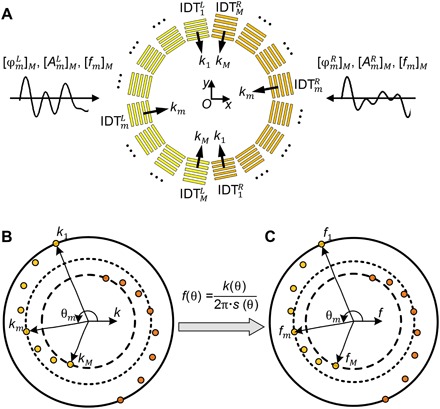Fig. 1. Principle of wave number–spiral acoustic tweezers.

(A) A schematic of wave number–spiral acoustic tweezers. The acoustic tweezers are composed of M pairs of IDTs, evenly distributed around the coordinate origin O. In each pair, two IDTs [denoted as and (m = 1, 2, ⋯, M)] are symmetrically arranged on different sides of the origin O. One multitone signal encoded with phases and amplitudes at frequencies [fm]M is the excitation for M IDTs (denoted as ) on the left side; another signal with phases and amplitudes at frequencies [fm]M is for M IDTs (denoted as ) on the right side. (B) The wave numbers k of SAWs generated by IDTs gradually change with respect to direction θ, tracing two central symmetric spirals in the wave number space. (C) The wave frequencies f also gradually change with respect to direction θ, as derived by , where s(θ) is the slowness of SAWs.
